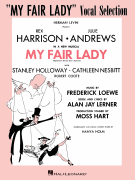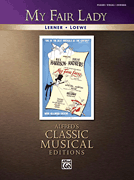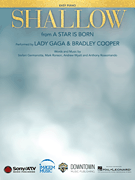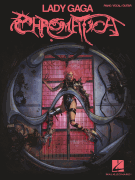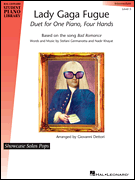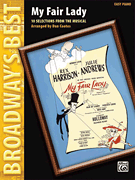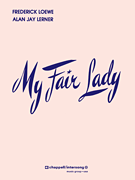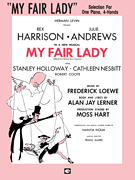Search Results for: “Lady”
Loading...
Let It Snow! Let It Snow! Let It Snow! View 468 Products
Silver Bells View 402 Products
Blue Christmas View 307 Products
A Holly Jolly Christmas View 269 Products
Have Yourself A Merry Little Christmas View 263 Products
Lady Madonna View 225 Products
Somewhere Out There View 213 Products
All I Want For Christmas Is You View 212 Products
The Lady Is A Tramp View 154 Products
Shallow View 147 Products
Luck Be A Lady View 130 Products
Sophisticated Lady View 111 Products
Bad Romance View 103 Products
Speechless View 87 Products
Three Times A Lady View 83 Products
Hold My Hand View 81 Products
Poker Face View 78 Products
Downtown View 69 Products
Need You Now View 64 Products
Oh, Lady Be Good! View 53 Products
Lady In Red View 52 Products
Million Reasons View 52 Products
Foxey Lady View 50 Products
Lady View 48 Products
